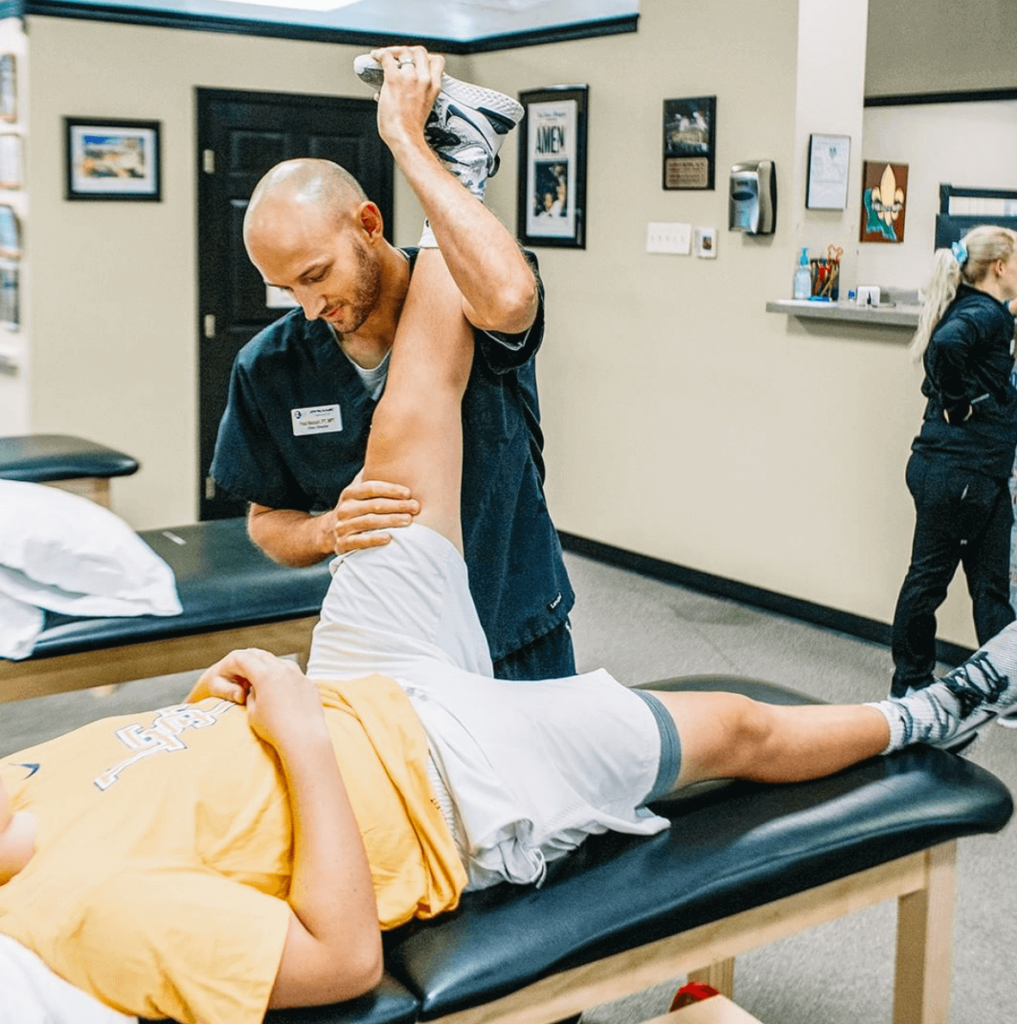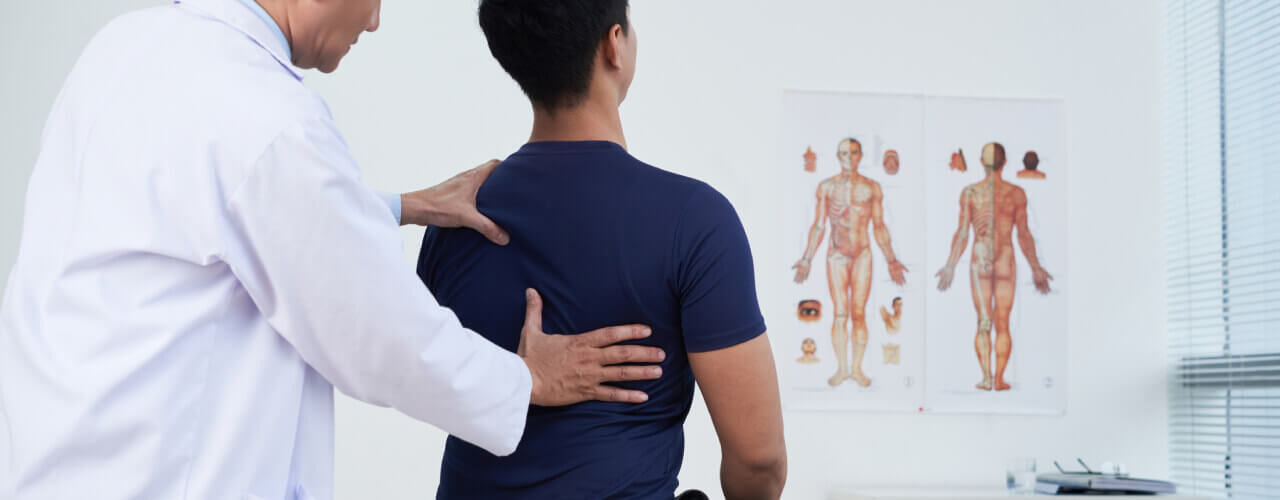How much of your day is spent engaging in physical activity? Most of us spend eight hours a day at a desk, two to three hours a day stuck in the car, and somewhere between six to eight hours each evening in bed or lying down. Tack on another few hours sitting on the couch or at the table for a meal, and before you know it, you’ve spent most of your day sedentary. This kind of lifestyle doesn’t leave a lot of room for physical activity.
Finding ways to be more active during your workday could help you to add significantly more activity to your day, thereby helping you to live a healthier lifestyle.
Finding the time to fit in 30 – 60 minutes of activity into your daily schedule may seem challenging on its own, but when you break down what that amount of activity does for your overall lifestyle, you have to start to ask if that is even enough! Even if you are spending 1 hour at the gym every day, it could still mean you’re in a sedentary position for the other 23 hours.
We’ve listed out a few steps for staying active during your workday. Physical therapy can help you learn a few basic activities that you can try at home, but it’s also a smart idea to start incorporating these healthy activities into your everyday office routine!
4 steps to staying active during your workday
There are many health risks associated with leading a mostly sedentary life.
When we sit for several hours a day, we are not engaging our cores, and we’re straining our necks! This means our muscles will naturally loosen. Many other serious medical conditions are associated with sitting for too long. Some of them include:
Finding ways to stay active can be difficult regardless of your weekly schedule, but when your nine-to-five grind means sitting at a desk for 40+ hours every week, the idea of developing an active lifestyle can seem almost laughably unachievable. Thankfully, this is the opposite of the truth. There are lots of ways you can get activity in during the day, almost without even having to try!
- Swap out your traditional desk and desk chair. There are many healthier alternatives to sitting desks, such as a standing desk, or an exercise/stability ball instead of a desk chair. When shopping for desk furniture, try looking up items that are created with ergonomics in mind as well, as these products are better for your physical health than most run of the mill office furniture items are.
- Take a quick break every hour or so to walk around the office. This could be a great time to go and make copies, get a message to someone instead of emailing them, talk with a co-worker rather than calling them up, or to stretch your legs for a few minutes so that you can clear your mind before heading to a meeting. You could also use it as a bathroom break, too!
- Try stretching at your desk. Without having to take your mind off your work, you can easily try breaking down a problem in your mind while standing up and stretching for a few minutes. This is a great way to get your blood and creative juices flowing, thereby actually helping you to solve issues that may leave you feeling stressed or stumped while slouching over at your desk.
- Keep small workout equipment at your desk. This can include a lightweight dumbbell, which you can use to do some minor lifting while sitting at your desk, or even something like a resistance band. Some fun gripping devices work similarly to stress balls, helping you to work on developing a stronger grip without even standing up.
Being active throughout the workday is a great way to get started with living a more active lifestyle. Once you start incorporating activity throughout your day, you may find you have more energy to incorporate it into your non-working hours, as well. As you become more active, remember to stay hydrated to reduce your risk of muscle soreness or injury. Keeping a large water bottle on your work desk and taking regular sips throughout the day can help you to stay hydrated and energized.
Ready to get into better shape?
Staying active throughout the workday can help with improving muscle strength, supporting weight loss efforts, and even overcoming pain from stiffness that often comes along with a sedentary lifestyle. For more advice on how to stay more active throughout the day, consult with a physical therapist at Dynamic Physical Therapy. They’ll be able to take a closer look at what your everyday lifestyle looks like, and make suggestions on how to improve your routine to lead a healthier, more active lifestyle.


